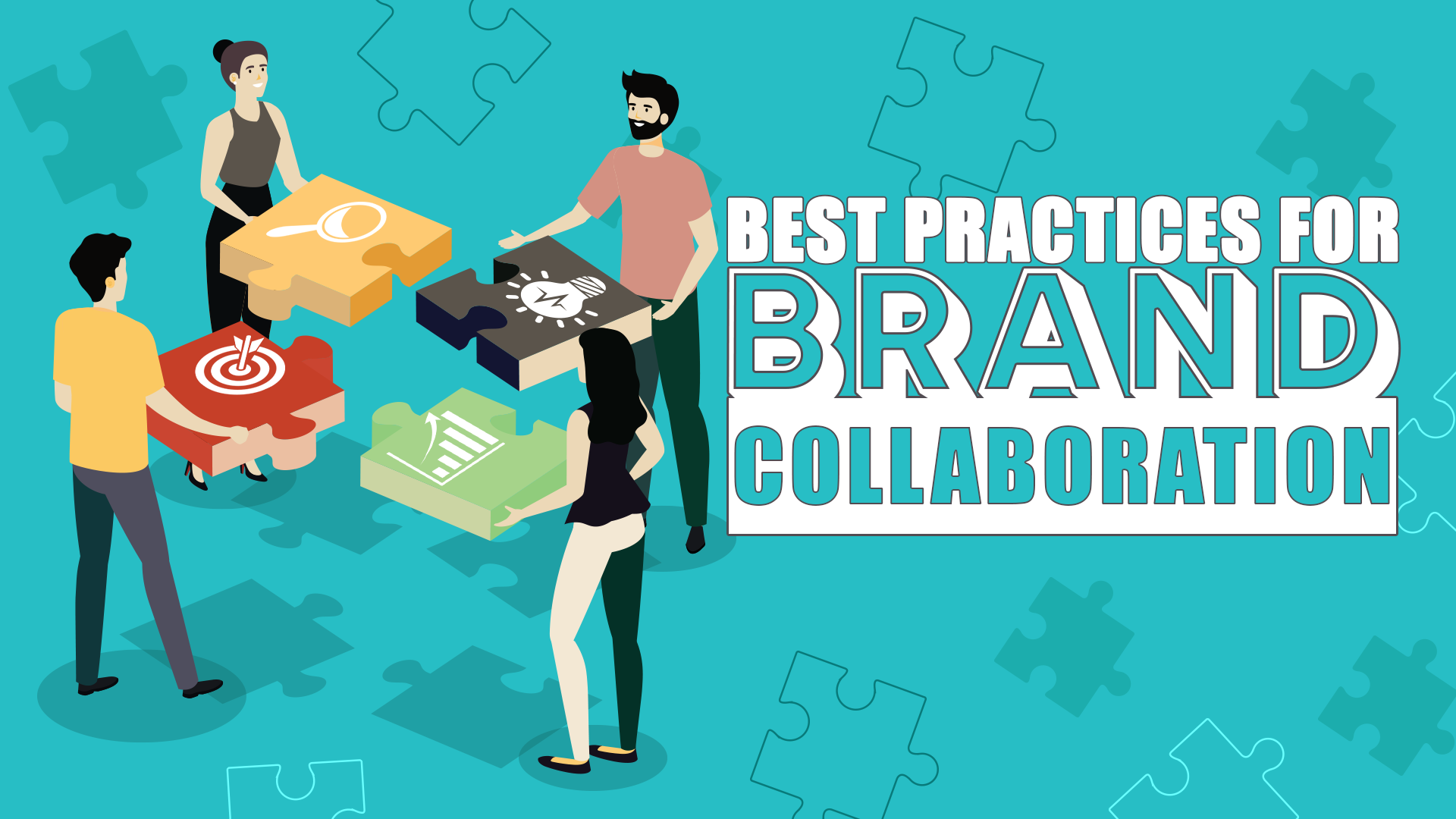Updated March 4, 2025
Brand collaboration has become a buzzworthy strategy. Picture two brands joining forces to create something even more impressive than they could on their own. Whether it’s through co-creating content, joint ventures, or teaming up with influencers, brand collaboration can be the icing on your personal branding strategy.
Let’s dive into why brand collaboration is so important, explore some best practices, and minimize common challenges along the way.
Why do you need to collaborate with other brands?
Collaboration may be difficult to achieve, but it’s an excellent tool for a brand to expand and boost its reach. If you are still hesitant, here are some incredible benefits of a good brand collaboration.
Increased Reach and Exposure
One of the most fabulous perks of brand collaboration is the chance to reach a bigger audience. When you partner with another brand, you tap into their customer base, boosting your visibility.
Think of it as amplifying your message, making it more likely to catch the eyes of a larger crowd.
Resource Sharing
Working together means pooling resources—money, creativity, or technology.
Splitting costs makes high-budget campaigns more doable, and combining creative talents can lead to innovative solutions and standout marketing strategies.
Enhanced Credibility and Trust
Teaming up with a reputable brand can give your own brand credibility a serious boost.
Consumers are more likely to trust your brand when it is associated with another trusted name. It’s like a trust transfer, helping you win over new customers.
Innovation and Learning
Collaboration is a breeding ground for innovation. By sharing industry insights and brainstorming together through collaboration applications and tools, brands can develop products or services they might not have thought of independently.
This exchange of ideas can be a goldmine for growth and creativity.

Best Practices for Brand Collaboration
To maximize your brand collaboration, you need a good system that works for you. This will minimize the risk of collaboration and allow you to reap the full benefits of this strategy.
Finding the Right Partner
Successful collaboration starts with picking the right partner. Look for brands that share your values and mission, whether that’s an e-commerce business or a clothing brand.
It’s all about finding someone whose strengths complement your weaknesses and whose audience overlaps with yours, achieving perfect synergy.
Establishing Clear Goals and Objectives
Before diving into a collaboration, ensure you know what you want to achieve. Setting clear, mutual goals and success metrics ensures both brands benefit.
Whether it’s boosting sales of your online business, increasing brand awareness, or breaking into new markets, having clear objectives keeps the partnership on track.
Effective Communication
Regular, transparent communication is key. Use scheduling tools like WhenAvailable to schedule consistent updates and meetings to discuss progress, challenges, and upcoming plans, ensuring maximum participation and fruitful outcomes.
Honest conversations help resolve conflicts and keep everyone on the same page. You can use LinkedIn to communicate with your brand partners better. Consider using an online screen recorder or software for webinars to not only share visual explanations or demonstrations but also make communication fun.
Legal Considerations
Don’t skip the formal agreements and contracts. Address intellectual property rights, confidentiality, trademarks, and financial responsibilities upfront.
Legal clarity helps prevent disputes and keeps the collaboration running smoothly.
Marketing and Promotion Strategy
Create a joint marketing strategy that plays to both brands’ strengths. Consistent messaging and cohesive branding across all channels are essential.
Use social media, email marketing, and traditional media to effectively promote the collaboration.
Measuring and Evaluating Success
Set key performance indicators (KPIs) to measure how well the collaboration is doing. After the collaboration, review what worked and what didn’t. Analyze your landing pages, your social media profiles, and more.
This feedback helps refine future collaborations, making them even more successful.

Challenges of Brand Collaboration (Disadvantages)
Misaligned Goals and Values
One big challenge is ensuring that both brands have aligned goals and values. If objectives conflict or brand cultures clash, this can create friction and hinder success.
Resource Allocation
Uneven resource allocation can cause tension. Ensure both brands invest similar time, money, and effort. Imbalances can lead to dissatisfaction and strain the partnership.
Communication Barriers
Different communication styles and tools can lead to misunderstandings.
Establish clear communication protocols to keep interactions smooth. Regular check-ins can help avoid these barriers. Utilizing tools like AI meeting notes can help capture key points accurately and ensure everyone stays on the same page.
Brand Dilution
If the collaboration isn’t managed well, there’s a risk of brand dilution. It's crucial to maintain your brand’s identity and values while working together.
Also, ensure any potential issues with the partner brand don’t negatively impact your reputation.
Legal and Financial Risks
Collaborations come with legal and financial risks. If terms aren't clearly defined, disputes over contracts or financial losses can occur.
Legal issues can derail the collaboration and cause setbacks without a structured legal operations workflow. By implementing a strategic approach, businesses can mitigate risks, enhance compliance, and maintain smoother partnerships.
Conclusion
In summary, brand collaboration offers many benefits, from increased exposure and resource sharing to enhanced credibility and innovation.
But it also comes with challenges like misaligned goals, resource allocation issues, and potential brand dilution.
By following best practices—like choosing the right partner, setting up clear digital marketing campaigns, maintaining effective and consistent branding such as logo design, using an AI flyer generator, and addressing legal considerations—brands can navigate these challenges and create successful, mutually beneficial partnerships.
As the marketplace continues to evolve, strategic brand collaborations will become even more crucial for growth and success.
Written by DesignCrowd on Friday, June 7, 2024
DesignCrowd is an online marketplace providing logo, website, print and graphic design services by providing access to freelance graphic designers and design studios around the world.

